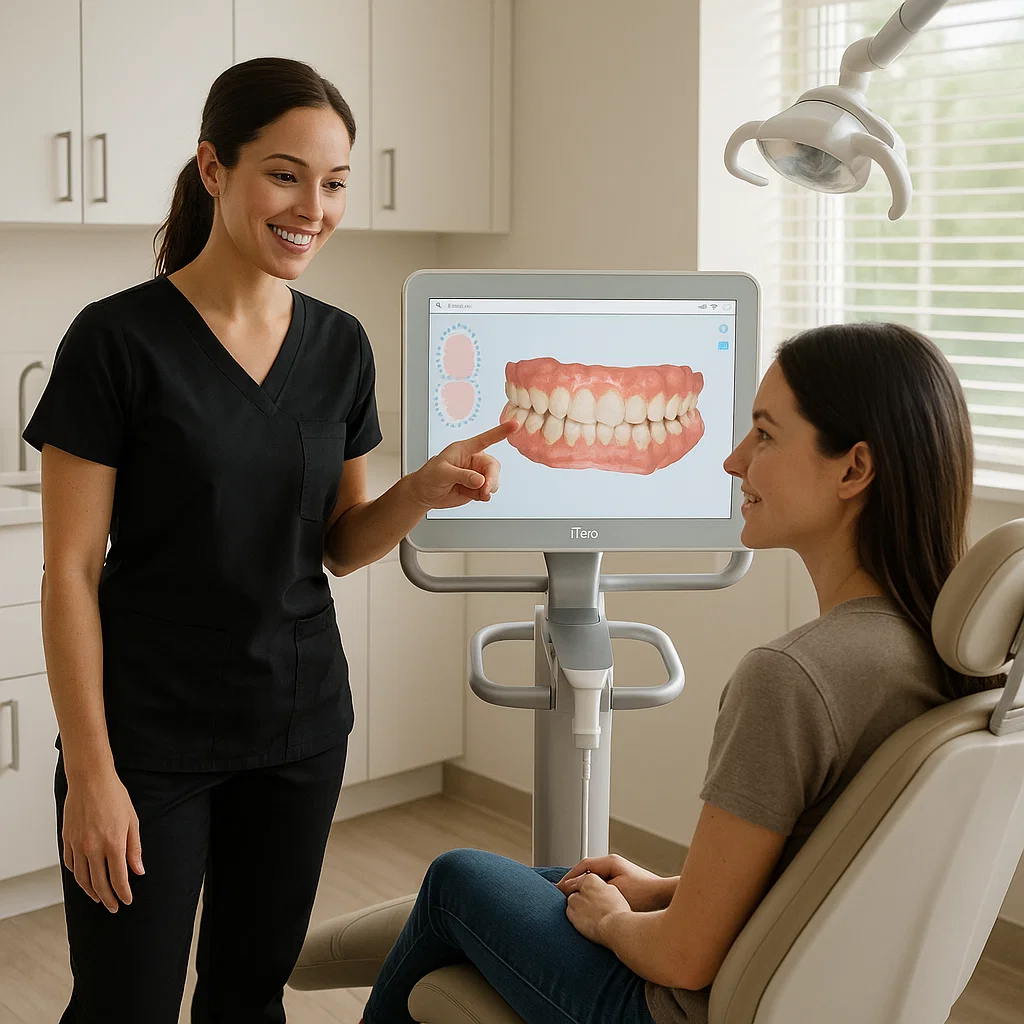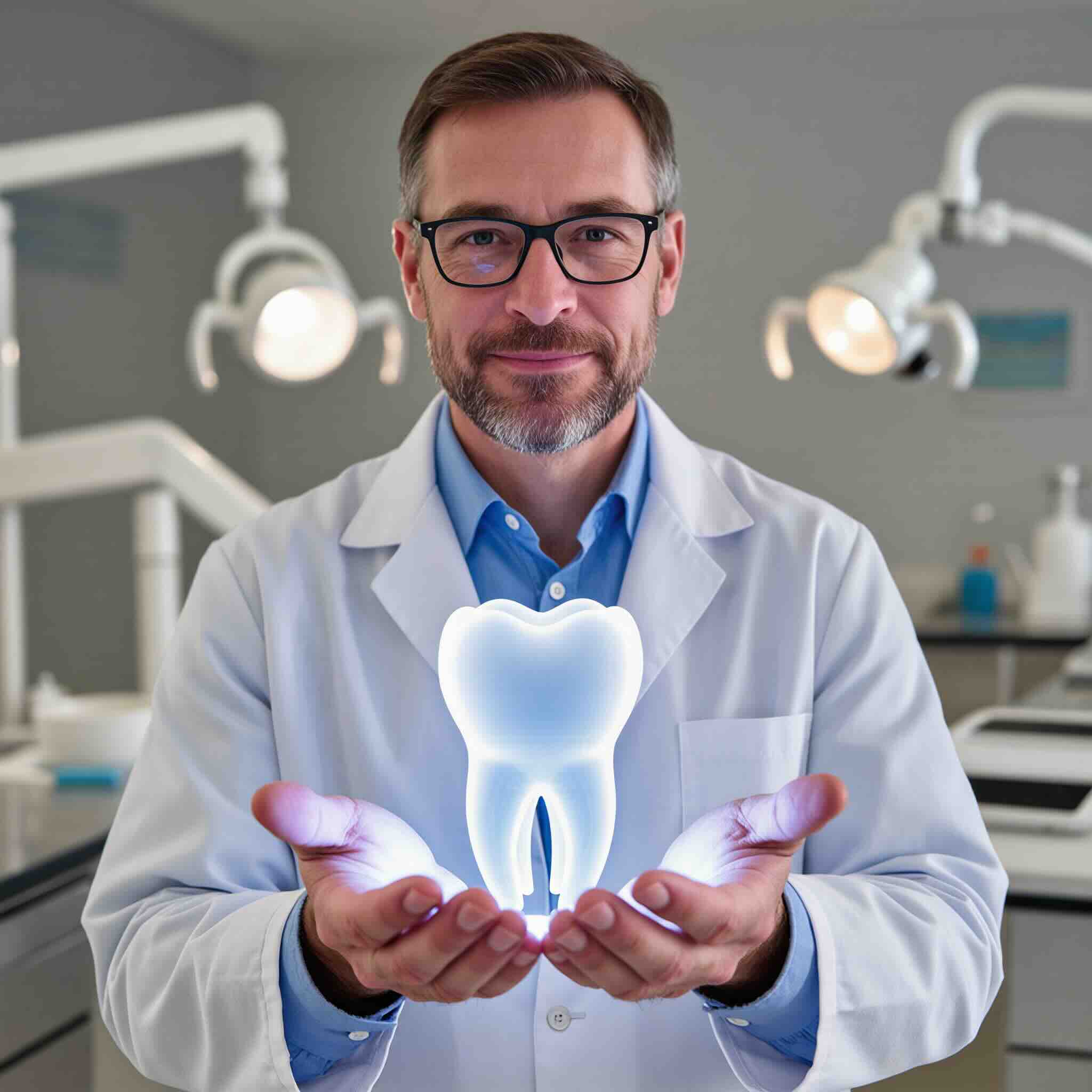Whitening isn’t just about looking good for photos — it’s about confidence, health, and results that last.
At KYT Dental Services, we go beyond one-size-fits-all kits to give you a safe, effective whitening plan designed for your smile.





⚪ Custom-fit trays designed to protect your gums
⚪ Professional-strength gel, stronger than store-bought kits
⚪ Whiten gradually over 1–2 weeks at your own pace
⚪ Convenient and repeatable whenever you need a touch-up
Bottom Line: At-home whitening is safe, flexible, and perfect if you prefer steady, natural-looking results.

✨ Professional gel applied and monitored by your dentist
✨ Protective barriers to prevent gum irritation and sensitivity
✨ Noticeable whitening in about an hour
✨ Ideal for events, interviews, or when you want immediate results
Bottom Line: In-office whitening gives you the quickest, most powerful results — safely and comfortably in a single visit.
In-Office Whitening:
Take-Home Whitening:





